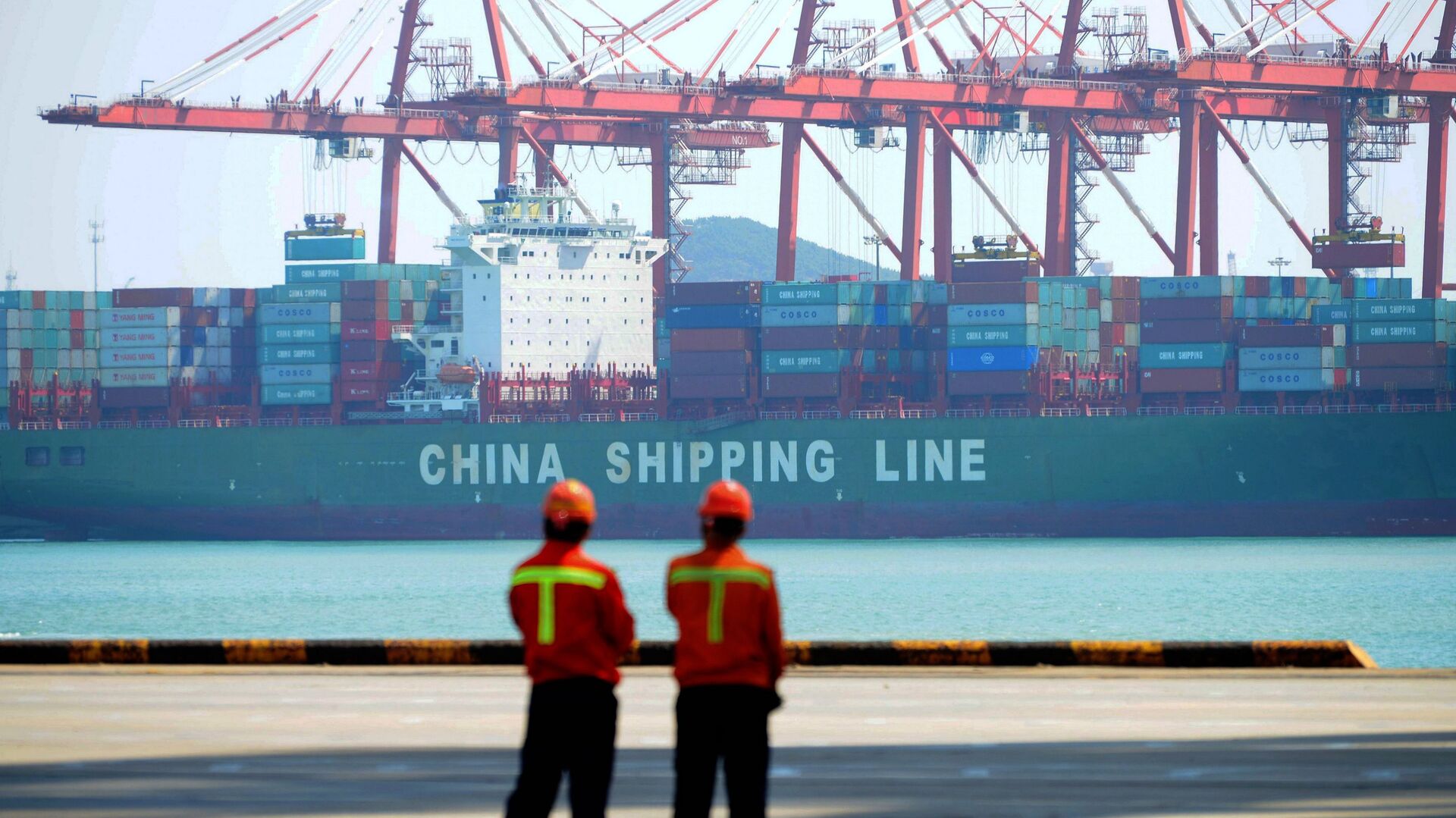The two-way trade between China and India last year stood at $77.7 billion, making Beijing New Delhi's largest trading partner during the period, the most recent data by the Indian commerce ministry has shown.
According to the data, India continued to rely heavily on imports of heavy machinery and telecom equipment from China during the period. Overall Chinese exports to India totalled around $58.7 billion, which was more than New Delhi’s purchases from the US and the United Arab Emirates (UAE) combined. The UAE is India’s third-largest trading partner.
The new statistics also point out that bilateral trade between India and the US, which was New Delhi's largest trading partner in 2019-20, stood at $75.9 billion.
The two-way trade between the US and India in 2019-20 was nearly $88.75 billion, compared to the corresponding figure of approximately $87.96 billion between India and the US during the same period the previous year.
China’s re-emergence as India’s biggest trading partner comes despite Prime Minister Narendra Modi’s government efforts to draw down commercial ties with the eastern neighbour, which is been seen as New Delhi’s retaliation to the ongoing border standoff that began in May last year, as well as part of an effort to plug the ballooning trade deficit with the world’s second-biggest economy.
India has banned over 200 Chinese apps, including messaging app WeChat and short video app TikTok, since the beginning of the faceoff between the military forces of the two countries in the eastern Ladakh region.
Prior to that, in April last year, New Delhi also amended its foreign direct investment (FDI) rules to make it mandatory for money inflows from China to get prior approval from the Indian government. Beijing dubbed New Delhi’s new FDI policy as “discriminatory” at the time, reasoning that it was against the principals of the World Trade Organisation (WTO).
The most recent trade data comes at a time when China and India are involved in a troop disengagement process from the friction points in the eastern Ladakh region, as both the powers negotiate an end to the months-long border standoff on 10 February. While the armies from both the countries have agreed to pull back to their respective pre-April 2020 positions from Pangong Tso Lake, one of the points of contention, troop withdrawal from Depsang, Hot Springs and Gogra (the other areas where the two armies are involved in a face-off) is yet to be negotiated.


